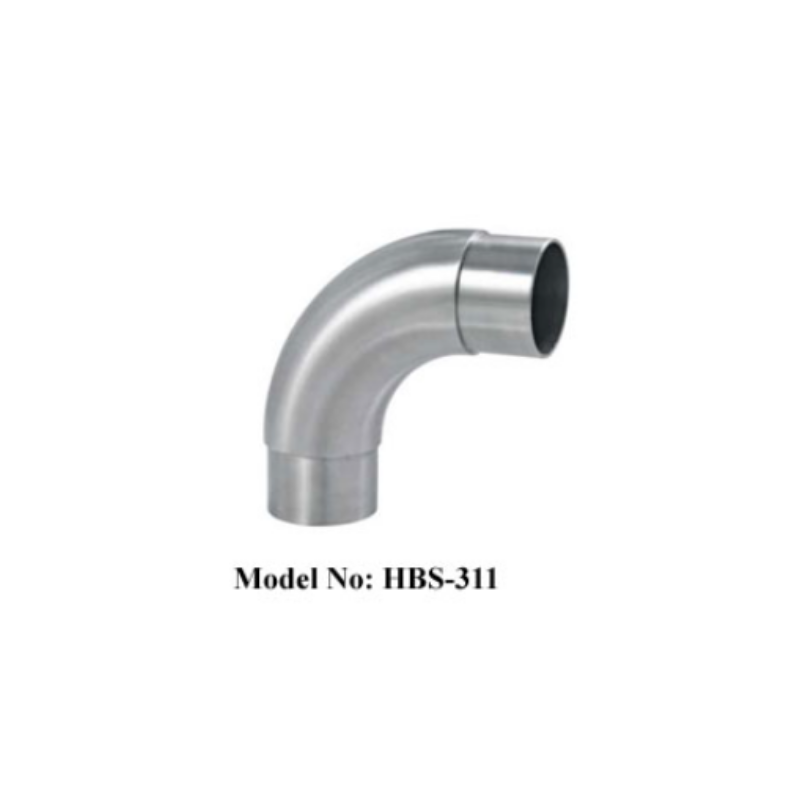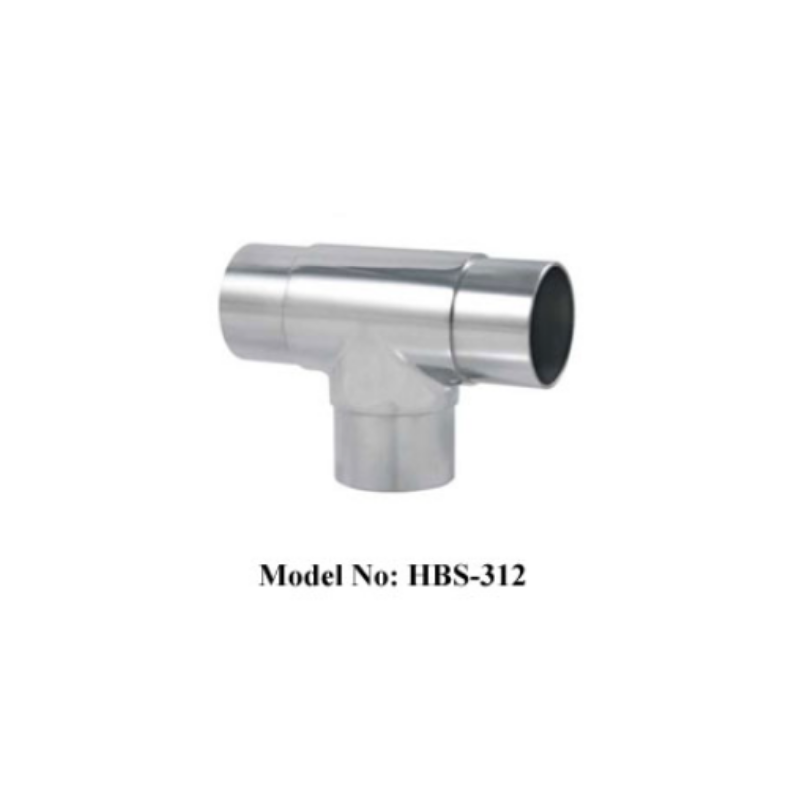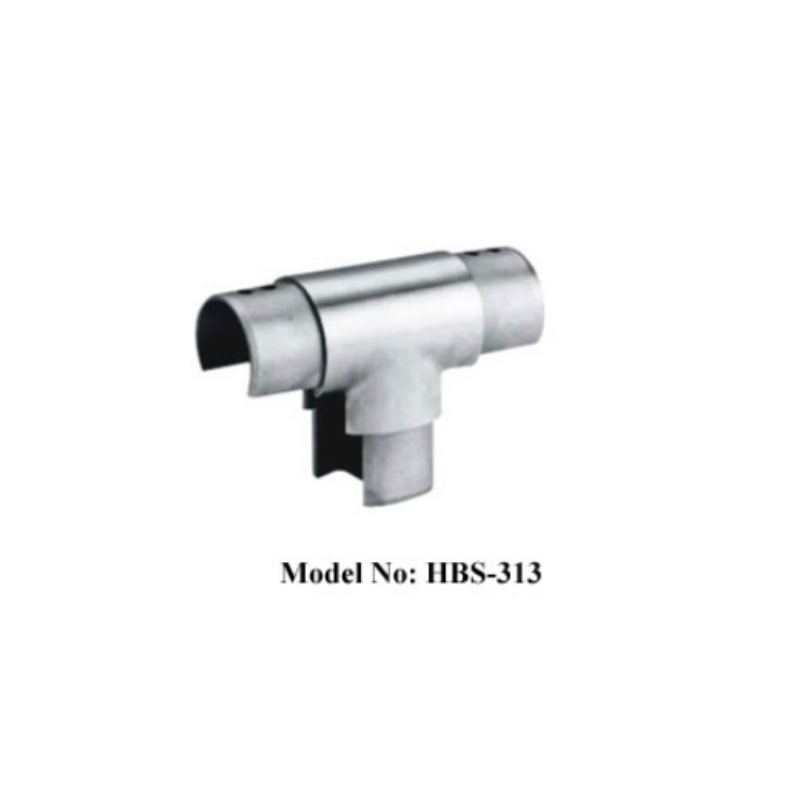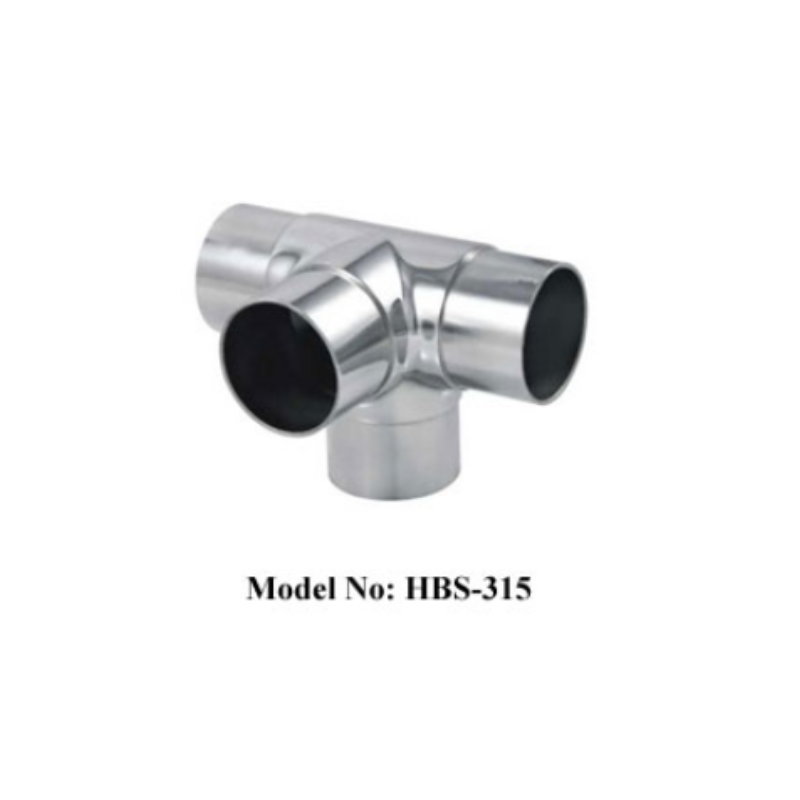Control the comprehensive prevention and control of sclerotium sclerotiorum
Sclerotium sclerotiorum is one of the most destructive diseases affecting zucchini, significantly impacting both yield and quality. Timely pesticide application is essential for effective management. The China Pesticide Network has compiled useful information on disease prevention and control for your reference.
The pathogen primarily spreads through sclerotia that remain in the soil or are mixed with seeds during winter or summer. These sclerotia can enter the field via infected seeds or germinate in the soil to produce apothecia, which release ascospores carried by wind. These spores infect senescent petals, leaves, or initiate white mycelial growth, leading to damage on the stigma or young fruits. In the field, hyphae from infected leaves or stems can spread the disease further, causing repeated infections until conditions worsen, allowing sclerotia to fall into the soil or mix with plant material for overwintering or summer survival.
The disease is more prevalent in southern regions from February to April and November to December, while in the north, it occurs between March and May. High humidity (over 85%) and temperatures between 15–20°C favor sclerotial germination, mycelial growth, and ascospore production. Therefore, early or late autumn, with low temperatures and high humidity or heavy rain, can lead to severe outbreaks, resulting in rapid sclerotia formation and increased disease pressure.
Continuous planting of cucurbit, solanaceous, and cruciferous crops, along with poor drainage in low-lying areas, excessive nitrogen fertilizer use, or frost damage, can increase the risk of infection, especially under freezing conditions. Additionally, the colonization period plays a key role in disease development.
To manage Sclerotium sclerotiorum, integrated strategies combining ecological and chemical methods are recommended.
(1) Agricultural practices: Rotate crops with non-host species or submerge infected fields for two weeks during summer. After harvest, deep plow the soil to a depth of at least 20 cm, burying sclerotia and preventing apothecia from emerging. Apply balanced fertilization to improve plant resistance.
(2) Physical measures: Before sowing, soak seeds in 10% saline solution combined with an 800-fold dilution of a new high-fat film for 2–3 times to remove sclerotia. Use plastic mulch in greenhouses to suppress ascospore formation. Covering the soil with sorghum straw can also reduce ascospore release from apothecia.
(3) Ecological control: In greenhouses, ventilate in the afternoon after morning heating. Once the disease appears, raise night temperatures slightly to reduce condensation. Maintain daytime temperatures around 29°C and relative humidity below 65%. If irrigation is excessive, extend watering intervals accordingly.
(4) Seed and soil disinfection: Before planting, mix 1 kg of 40% pentachloronitrobenzene with 20 kg of fine soil to create a medicinal soil. Soak seeds in 50°C warm water with a new high-fat film for 10 minutes to kill sclerotia. Strengthen seedling care, maintain proper plant spacing, and avoid overwatering after transplanting. Apply Zhuanggu Tieling during flowering, fruit development, and expansion stages to enhance fruit quality, promote nutrient transport, and improve melon shape and yield.
(5) Chemical control: When apothecia appear in greenhouses or open fields, apply smoke agents such as 10% quick-acting smoke or 45% chlorothalonil smoke at 250 g per acre, smoke overnight, and repeat every 8–10 days for 3–4 times. Alternatively, spray 5% chlorothalonil dust at 1 kg per acre, or use 50% Speed Keling WP diluted 1500 times, 50% chlorhexidine or 50% chloramphenicol WP at 1000 times, 60% anti-mildew ultrafine powder at 600 times, 20% methyl chlorophosphorus EC at 1000 times, or a mixture of 50% chlorhexidine WP 1500 times and 70% thiophanate-methyl WP 1000 times. Spray 60 liters per acre during the flowering stage, repeating every 8–9 days for 3–4 times. In severe cases, increase the concentration of the above fungicides to 50 times and apply directly to the vine area for better control and treatment.
Handrails And Balustradings Tube Connectors & Elbows
Leader Hardware offer full range of Stainless Steel Handrails And Balustradings Hardware.
This catogory is for Tube Connectors and Tube Elbows made in Stainless Steel 304 or 316, mirror or satin finish.
Suitable for varies of tube size.
Please consult our team for full range of our products. OEM service is available.




Handrails and Balustradings Hardware,Stainless Steel Tube Connectors,Stainless Steel Tube Elbow
Leader Hardware Manufacturer Limited , https://www.leaderhardwarecn.com